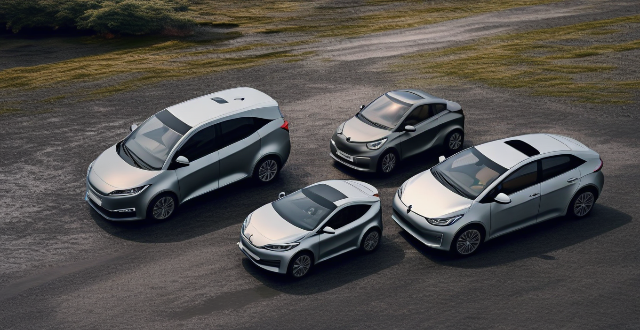Electric cars are designed to be water-resistant, with sealed battery packs and electrical components. They don't build up static charge like gasoline-powered cars, reducing the risk of harmful discharge during storms. High-performance tires provide excellent grip on wet roads, and windshield wipers/defoggers ensure good visibility. However, precautions such as regular maintenance, avoiding deep water, being mindful of range, and using common sense in severe weather should still be taken.

Can You Drive an Electric Car in the Rain?
Introduction
Electric cars have become increasingly popular in recent years, thanks to their environmental benefits and lower operating costs. However, some people are still hesitant about making the switch due to concerns over safety and performance in certain weather conditions. One common question is whether it's safe to drive an electric car in the rain. In this article, we'll explore the topic in detail.
Is It Safe to Drive an Electric Car in the Rain?
Key Points:
- Water Resistance: Electric vehicles (EVs) are designed with water resistance in mind, just like traditional gasoline-powered cars. The battery pack and electrical components are sealed to prevent water damage.
- Grounding Concerns: Unlike gasoline-powered cars, which can accumulate static electricity through contact with the air, electric cars do not build up static charge as they move. This means there is less risk of a harmful discharge when touching the vehicle during or after a storm.
- Tire Traction: Like any car, tire traction is essential for driving safely in wet conditions. Electric cars often come with high-performance tires that provide excellent grip on wet roads.
- Visibility: Windshield wipers and defoggers work just as well in electric cars as they do in traditional vehicles, ensuring good visibility during rainy conditions.
Precautions to Take When Driving an Electric Car in the Rain
Tips:
1. Regular Maintenance: Ensure your windshield wipers and defoggers are functioning correctly to maintain visibility.
2. Check Tire Treads: Make sure your tires have sufficient tread depth for proper traction on wet roads.
3. Avoid Deep Water: As with any vehicle, avoid deep puddles or flooded areas that could potentially damage the electrical components or cause the car to stall.
4. Be Mindful of Range: In cold and wet conditions, the range of an electric car may be slightly reduced due to increased energy consumption for heating and defrosting. Plan your journey accordingly.
5. Use Common Sense: If conditions become too severe, such as heavy downpours causing poor visibility or flooding, it's best to pull over and wait until it's safer to continue driving.
Conclusion
Driving an electric car in the rain is generally safe when proper precautions are taken. Manufacturers design these vehicles with water resistance in mind, and they often include features that enhance safety and performance in wet conditions. By following basic safety tips and maintaining your vehicle regularly, you can confidently enjoy the benefits of electric car ownership even when the weather turns rainy.